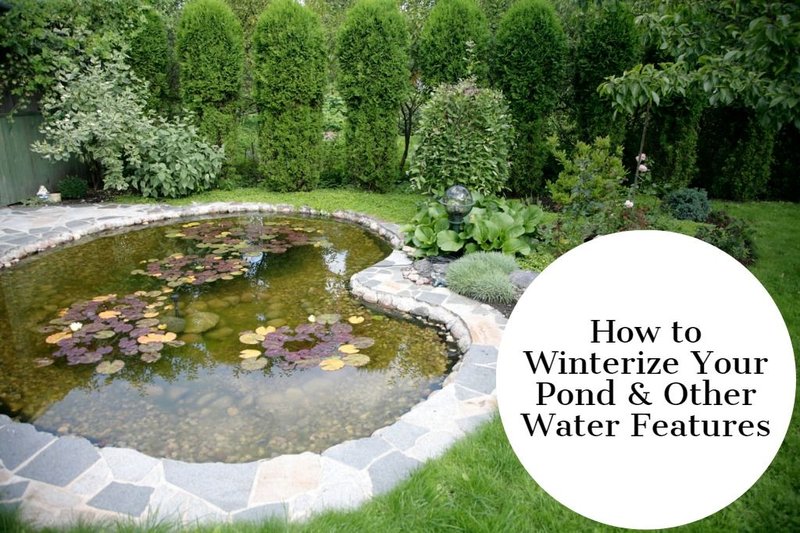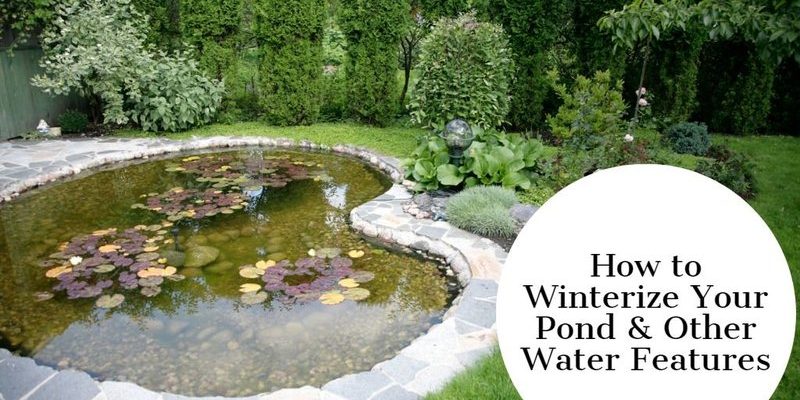
Winterizing a tilapia pond is crucial for their survival. If you skip this step, you could risk losing your fish or damaging the pond’s ecosystem. So, let’s hash out how you can prepare your pond for the chill. We’ll break it down into manageable steps that even a beginner can handle. Whether you’ve got a backyard pond or a larger setup, these practices will help keep your tilapia safe and sound.
Understanding Tilapia Fish and Their Winter Needs
Before we dive into winterizing, it helps to understand tilapia better. These fish are native to warm climates, usually thriving in temperatures between 75°F and 86°F (23°C to 30°C). When the air turns chilly, their metabolism slows down, making them less active and more vulnerable to stress and disease. Imagine being in a cold room with little movement; it’s not pleasant, right?
The key here is to ensure that the water temperature in your pond doesn’t fall too low. When temperatures dip below 60°F (15°C), tilapia can struggle, and below 50°F (10°C), they can become lethargic or even die. So, taking care of the water temperature is essential. Think of your tilapia pond as a home; just like you wouldn’t let your house get too cold in winter, your pond needs similar care.
Step 1: Monitor Water Quality
Monitoring water quality in your tilapia pond is fundamental as the temperature drops. First things first, check the pH level. Ideally, it should range between 6.5 and 8.5. As winter approaches, the water can become more acidic, so a quick check can save your fish from a stressful environment. You can use a simple water testing kit available at pet stores or online.
Next, keep an eye on ammonia and nitrite levels. Even in winter, harmful substances can build up, especially if the pond is not well-maintained. Ideally, ammonia should be at 0 ppm, while nitrites should also be undetectable. If either of these levels are high, consider doing a partial water change or adding a filtration system if you don’t have one.
Lastly, don’t forget about oxygen levels. As temperatures drop, oxygen solubility in water decreases. To combat this, you can use aerating devices to keep the water moving and oxygen-rich. This is like giving your tilapia a little extra breath of fresh air, even in the cold.
Step 2: Reduce Feeding
As temperatures cool down, you’ll want to adjust how you feed your tilapia. Their metabolism slows, so they don’t require as much food. Think about it like us during winter; we tend to crave less and prefer comfort foods. You should start by reducing the amount of food given.
During the cold months, consider transitioning to a high-protein feed in smaller amounts. This helps keep their energy levels stable without overloading their systems. Honestly, you don’t want to overfeed them since uneaten food can lead to water quality issues. Start by cutting back the feeding amount by about 25% and adjust as you observe your fish’s behavior.
If the water temperature drops below 60°F (15°C), you might even stop feeding entirely. They’ll enter a dormant state where they won’t actively seek food, so don’t worry; they’ll be fine for a bit.
Step 3: Preparing the Pond Environment
Your pond environment is key to winterizing successfully. First off, remove any debris like leaves or twigs that might accumulate on the surface. Not only are these unsightly, but they also decompose and can create toxic conditions. It’s as if you’re tidying up your home before guests arrive; a clean environment is welcoming and safe.
Next, consider installing a pond heater or de-icer. This will keep a part of the pond from freezing and ensures that there’s a place for gases to escape. Depending on the size of your pond, there are various options available. This step is crucial, especially in colder regions where ponds can freeze over completely.
Lastly, if your pond is shallow, think about adding some insulation around the edges or covering it partially for added warmth. Just like how we might use blankets to stay warm at night, your pond also needs a little extra protection from the cold winds.
Step 4: Maintaining Equipment
Now, let’s talk about your pond equipment. If you have a pump or filtration system, it’s vital to make sure it’s functioning well before winter sets in. Check for any blockages, clean out filters, and ensure that it’s running efficiently. If your pond were a car, you’d want to do a quick maintenance check before a long road trip, right?
Also, if you live in an area where temperatures drop significantly, it might be worth considering removing some equipment, such as fountains or waterfalls. Those can freeze and break, causing more problems than they solve. Just like leaving a window open in a snowstorm isn’t a good idea, your pond gear needs to be protected too.
If you do need to pull equipment, store it away from the elements. Make sure that pumps are clean and dried properly before storing them to prevent mold or malfunction next season.
Step 5: Final Check and Monitoring
As you get closer to the first frost, make a final check on the pond. Ensure that everything we discussed is in place: the water quality is good, the feeding is reduced, and the pond environment is prepared. If you’ve added a heater, test it out to ensure it’s working correctly.
It’s also helpful to keep an eye on the weather forecast. If an extreme cold snap is predicted, you might want to take additional precautions. It’s like having a contingency plan; better safe than sorry!
After winter sets in, continue to check the pond every few weeks. Look for any signs of ice that might block gas exchange or changes in your fish’s behavior. If you notice anything unusual, address it promptly—just like you would if you saw a friend acting off.
Winterizing your tilapia pond might seem daunting at first, but by taking these simple steps, you’ll create a safe and healthy home for your fish through the cold months. You’ve learned how to monitor water quality, adjust feeding habits, prepare the pond environment, maintain your equipment, and keep a final check.
Remember, the goal is to create a cozy environment for your tilapia, similar to how we create a warm haven in our homes during winter. With a little bit of effort upfront, you’ll enjoy a thriving pond come spring, with happy, healthy fish swimming about. So grab that coffee and get to work—your tilapia will thank you!

